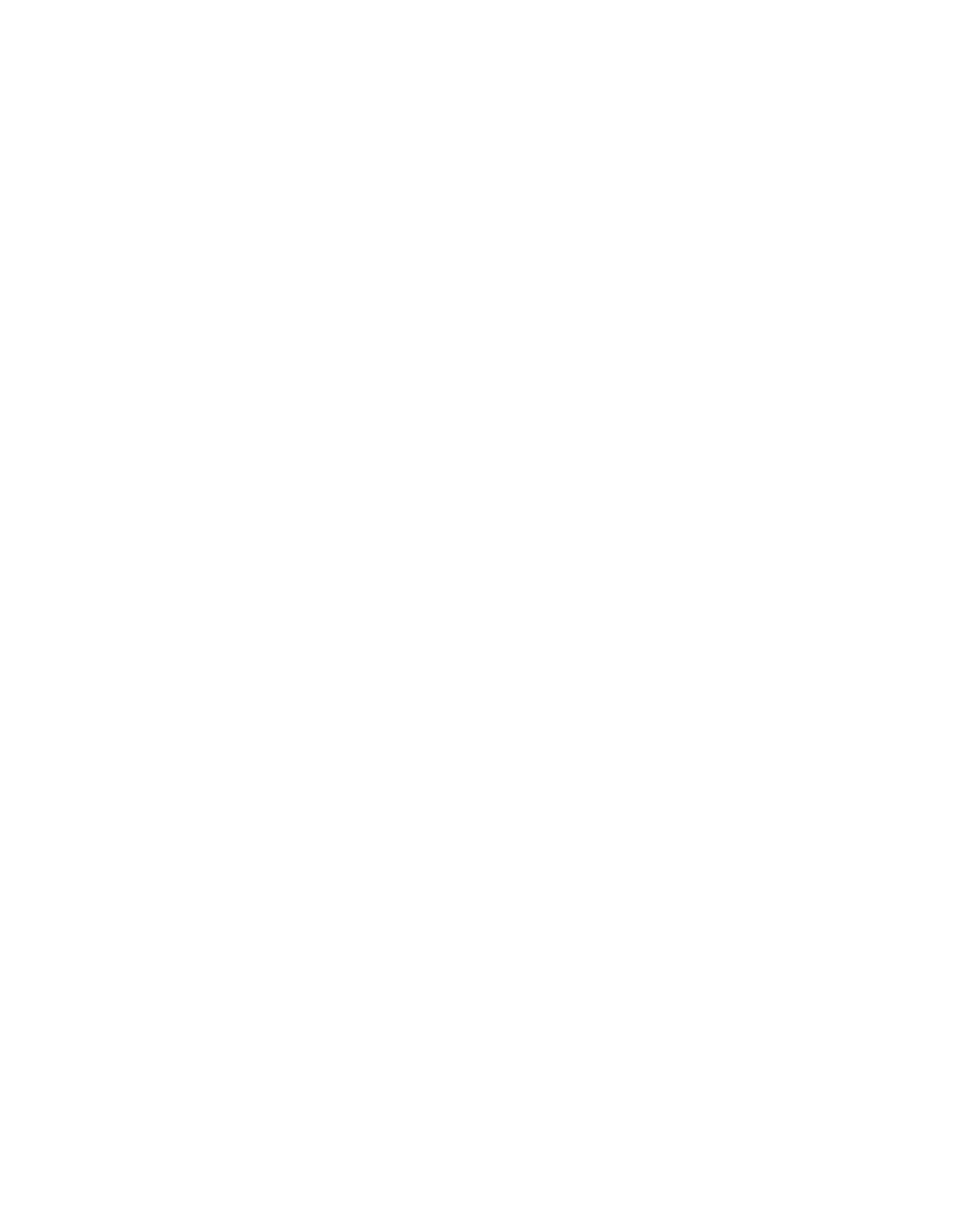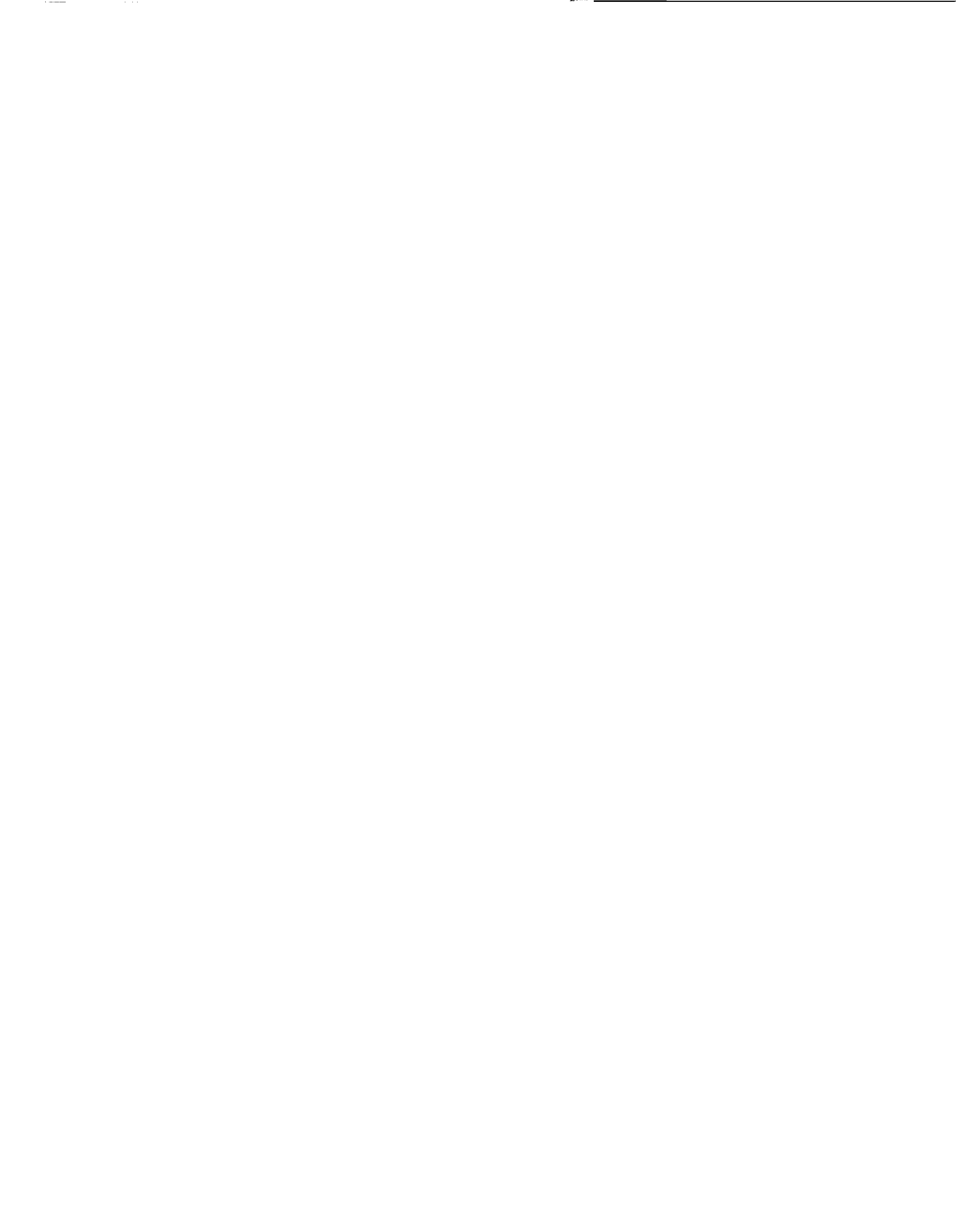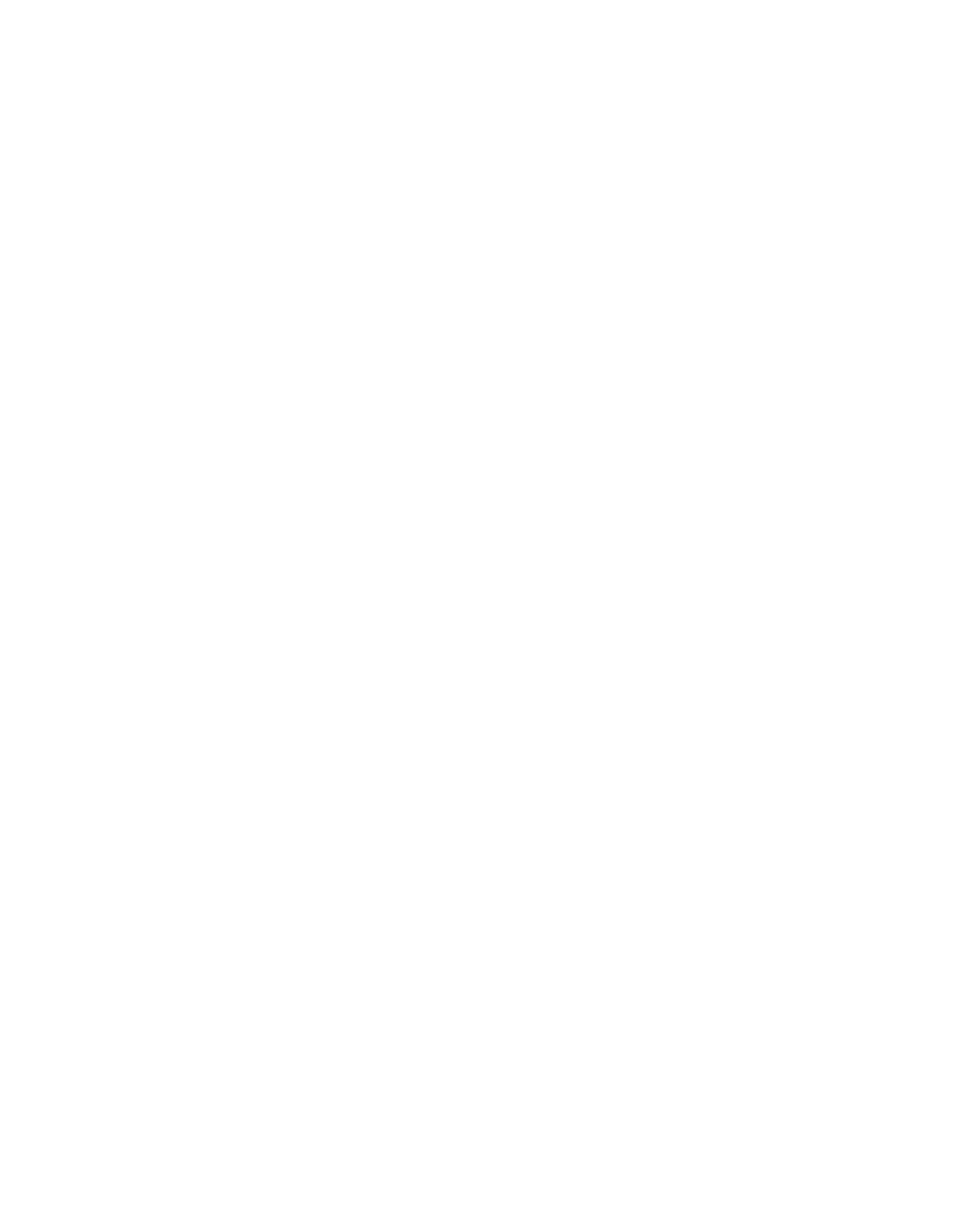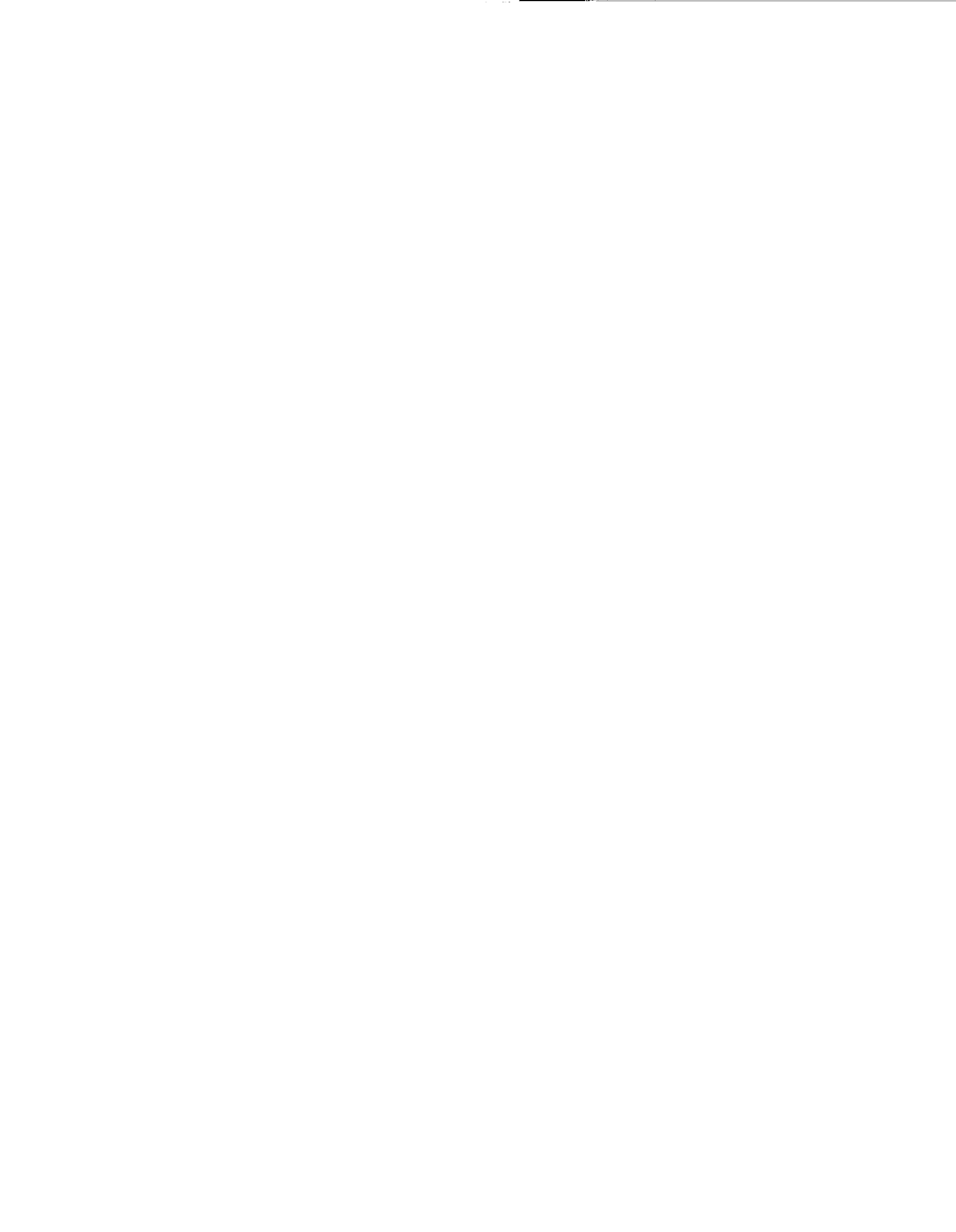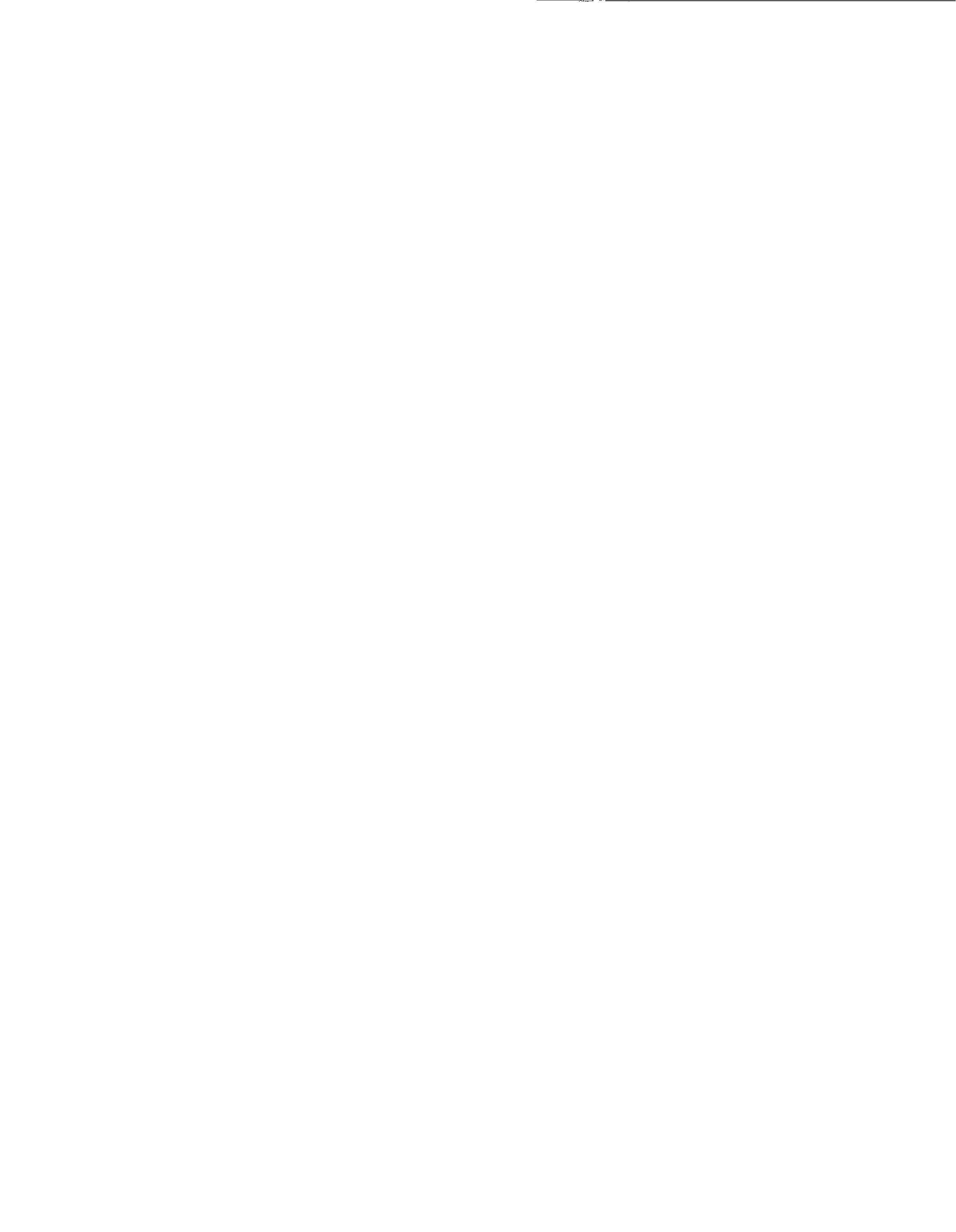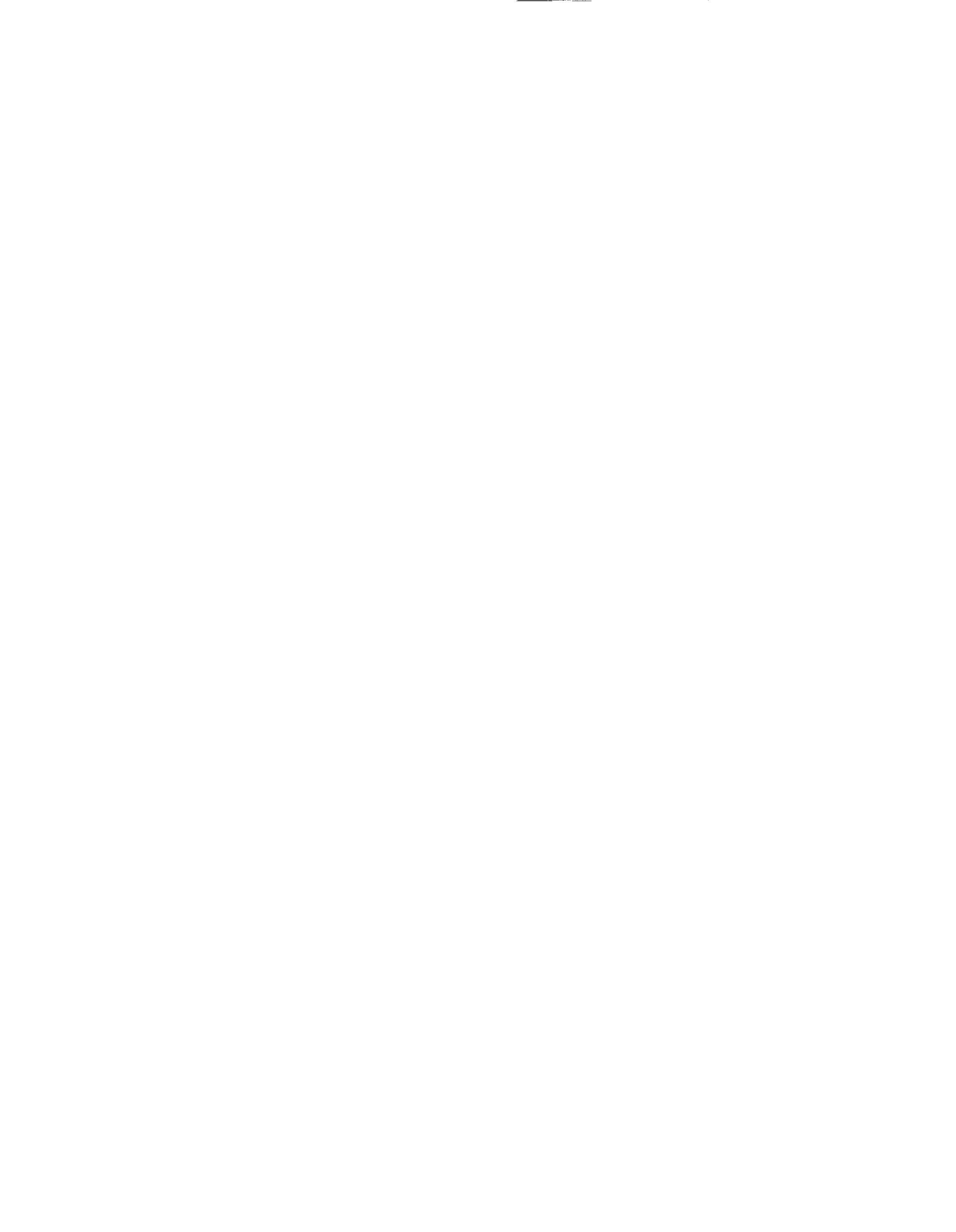PCB#0l-07
)
(Enforcement-Air)
RECEIVED
CLERK’S OFFICE
To:
NOTICE
OF
FILING
Ms.
Paula Becker Wheeler
Assistant
Attorney
General
Office ofthe Attorney Genera!
188
‘West Randolph Street, 20th
Floor
Chicago, Illinois
60601
Clerk~
Illinois
Pollution Control Board
100 W. Randolph
Street
State of
Illinois
Center
Suite
11-500
Chicago, Illinois
60601
Mr. Bradley
Hailoran
Hearing
Officer
Illinois
Pollution Control Board
James R. Thompson Center, Suite
11-500
100
.W. Randolph Street
Chicago,
Illinois
60601
PLEASE
TAKE
NOTICE that I
have today filed
with
the
Office ofthe Clerk ofthe
Pollution Control
Board
the
original
andnine copies of
SUPPLEMENTAL
AFFIRMATIVE
DEFENSES on behalfofQC Finishers, Inc., a copy ofwhich is hereby
served upon you.
Respectfully submitted,
Dated
February 2,2004
Heidi F.
Hanson
H. E. Hanson,
Esq.
P.C.
4721
Franklin
Aye, Suite
1500
Western Springs, IL
60558-1720
(708) 784-0624
-~L~
7~&
Heidi E. Hanson
PEOPLE OF THE
STATE
OF ILLiNOIS,
)
Complainants,
BEFORE THE ILLINOIS POLLUTION CONTROL BOAR)
FEB
-
It
200It
vs.
)
)
)
QC
FiNISHERS, INC., an
illinois Corporation,)
Respondent.
)
STATE OF ILLINOIS
Pollution Control Board
RECEIVED
BEFORE THE ILLINOIS POLLUTION CONTROL BOAR?LERKS
OFFICE
FEB
-
42004
PEOPLE OF THE
STATE OF ILLINOIS,
)
p°C~t~Vrd
Complainants,
)
)
PCB#0l-07
vs.
)
(Enforcement-Air)
)
QC
FINISHERS, INC., an Illinois Corporation,)
)
Respondent.
SUPPLEMENTAL AFFIRMATIVE DEFENSES
NOW COMES QC Finishers, Inc.
by and through its attorney, H. E. HANSON
ESQ. P.C., pursuant to the January 8, 2004 Board Order, which was received by
Respondent on January 12,
2004, and for its Supplemental Affirmative Defenses states as
follows:
STATUS
OF AFFIRMATIVE DEFENSES
1.
Ofthe ten specific, and four general,
affirmative defenses (“ADs”) set forth in the
Answer and Affirmative Defenses dated February 28, 2003,
all but three specific
Affirmative Defenses (Count I 2nd AD,
Count I 3rd AD and Count II 2nd AD) were the
subject ofa Motion to Dismiss filed by the Complainant on April 25,2003.
2.
The Board ruled on the Motion to Dismiss on June 19, 2003, denying the Motion
to Dismiss asto three specific ADs (Count I 1st AD, Count II 1st AD, and Count VI 2nd
AD).
3.
OnJuly 31,2003 Respondent filed a Motion for Reconsideration asking the Board
to reconsider its ruling on seven ofthe eight ADsthat had been stricken.
(The•
Respondent did not ask the Board to reconsider its ruling on the Third General
Affirmative Defense.)
4.
OnJanuary 8, 2004 the Board allowed Respondentto
tile a supplemental answer
setting forth its affirmative defenses.
As a result ofthe previous rulings only seven ofthe
original fourteen ADs are
still at issue.
In the interest ofadministrative economy
Respondent reaffirms the affirmative defenses which were not stricken and will not repeat
them here.
Respondent willrevise and supplement, belOw, only those affirmative defenses
which are still at issue. A summary ofthe status ofthe defenses is given below:
Specific Affirmative Defenses
Count I,
1st
motion to
strike denied
Count I, 2nd
no move to
strike
Count I, 3rd
no move to
strike
Count
11,
1st
motion to strike denied
Count 11,2nd
no move to
strike
Count
ifi
revised
Count IV, 1st
revised
Count IV, 2nd
revised
Count VI,
1st
revised
Count VI, 2nd
motion to
strike denied
General Affirmative Defenses
ist-Laches
revised
2nd
-
Estoppel
revised
3rd
-
Failure
to Minimize
abandoned
4th
-
Waiver
revised
REVISED AFFIRMATIVE
DEFENSES
COUNT ifi
-
FAILURE TO COMPLY. WITH EMISSION LiMITATIONS
FIRST AFFIRMATIVE
DEFENSE TO COUNT ifi
1.
Count
III ofthe Complaint
(paragraphs
11
and 12)
alleges that
Respondent has
used and
continues to use “to the present” coatings which exceed the limits set forth in 35
Ill
Adm.
Code 218.204.
2.
In its
February 28, 2003 Answer, Respondent admitted to such use in paragraph
12.
(Paragraph
11
was not plead with sufficient specificity to be answerable.)
3.
The
use
ofcoatings
that
do not comply with 218.204
does necessarily constitute a
violation ofthe Board’s rules
because
the Board has provided an alternative to 2 18.204.
4.
35
III. Admin.
Code 218.207
“Alternative Emission Limitation” provides that an
owner or
operator
ofa coating line subject
to 218.204
may
choose to
comply
with
section
218.207 rather than 2 18.204.
Therefore section 218.207 provides an alternative to
218.204 because a
thcility is permitted
to continue to
use coatings which
do not comply
with 218.204 if it controls
the
emissions
from those
coatings pursuant
to 218.207.
2
5.
In 1999
and
continuing into
2000 QC Finishers installed controlequipment, and
two ofits
six
coating
booths
were ducted to the control equipment.
The controls were
operational in 2000
and
have continued to
be used to the present.
The remaining
four
booths
were
to be
usedsolely
for coatings which
did
not exceed the
limits in
218~204.
6.
: Thus Respondent
was
able to use,
and did use,
coatings in the
two
controlled
booths
which exceeded the 2 18.204 limits without violating Board rules.
7.
Respondent’s use ofcoatings which exceed the limits in 2 18.204
in the controlled
booths,
does not constitutea violation of218.204, pursuant to 2 18.207.
8.
Respondent’s compliance
with 218.207
in lieu of218.204 constitutes new
information which
can
be pled through an affirmative defense.
9.
Even assuming
that the facts pled
in the Complaint
are correct, the new facts (use
of
controls) pled
in this
affirmative defense, will serve
to
defeat the allegation ofa
violation of218.204 for the period of
time during
which allofthe coatings
that
exceeded
the
limits,
of218.204 were controlled
pursuant
to 218.2,07.
COUNT IV
-
FAILURE
TO TIMELY DEVELOP
AND
SUBMIT FUGITIVE
MATTER EMISSION PROGRAM
FIRST
AFFIRMATIVE DEFENSE TO COUNT IV
1.
Count IV, paragraphs
8
and 11, alleges that
Q
C Finishers violated 35
III
Adm.
Code 2 12.309 by
failing
to have a
fugitive dust
operating program.
2.
35111
Adniin
Code 2 12.309
states
in pertinent
part as
follows:
The
emission units
described
in
Sections
2 12.304
through
212.308
and
Section 212.3
16 of
this
Subpart shall
be operated
tmder
the
provisions
of
an operating
program...
3.
The Complaint, paragraph 9,
alleges that “as
parking
lots
are regulated emission
sources pursuant to 35111
Adm.
Code 212.316, Respondent was required to
submit
to the
State a Fugitive
Dust Program...”
4.
35
III.
Admin.
Code 212.3 16 subsection (a) provides as follows:
Emissions
Limitation
for
Emissions
Units
in
Certain
Areas
a)
Applicability.
This
Section
shall
apply to
those
operations
specified
in
Section
2 12.302
and
that
are
located
in
areas that are
defined
in
section
212.324(a)(1) ofthis
Part....
(emphasis added).
3
5.
QC
Finishers is not
and was
not at
any time relevant
to
this
count, located in the
geographical areas described
in 35111.
Adm.
Code 212.324(a)(1), whichgeographical
areas are comprised ofareas
in the vicinity ofMcCookin Cook
County, and’Lake
Caluinet in Cook County and Granite City in Madison County.
6.’
Even
assuming,
arguendo,
that
Q
C Finishers
parking
lot is anemission
unit,
it is
not a
regulated
emission source
pursuant
to 212.3 16
because it is not located in a
geographical
area
described in
212.324(a)(l).
7.
The
Complaint alleges
no other
basis
for considering the
parking
lot to
be a source
that
would
require an operating plan.
.
8.
As a result while Complainant’s statement that 212.3
16 regulates
parking lots is
correct,
QC
Finishers parking
lot does not
meet the second test
of212.316.
It is not
located in an area defined by 212.324(a)(1)
and
that
fact
will defeat the allegation.
SECOND AFFIRMATIVE DEFENSE
TO
COUNT IV
1.
Count IV
alleges that
QC
Finishers violated
35111
Adnt
Code 2 12.309 by failing
to have a fugitive dust operating program for its
parking
lot.
2.
That section
by its
terms
applies
only
to “emission
units”.
3.
An “emission unit” is defined by 35111 Adm
Code 211.1950 as
“any part
or
activity
at a
stationary
source that emits or has the potential to
emit”.
4.
QC
Finishers parking
lot is paved
and has
been paved at all
times
relevant to
this
count.
5.
Because it is
paved
it does not generate dust.
Any
dust appearing onthe
parking
lot
surfacewould necessarily
have been generated by some
actual
emission
unit
or mobile
source.
6.
Therefore QC Finishers paved
parking
lot does not emit or have the potential to
emit.
7.
QC
Finishers
parking lot is not an
emissioüunit and
therefore the fact that it is
paved will defeat the allegation that it
requires
anoperating program.
4
COUNT VI- OPERATING WFFLIOUT A CAAPP PERMIT
FIRST AFFIRMATIVE DEFENSE TO COUNT VI
1.
In Count VI, paragraph 18, ofthe Complaint, thePeople allege
that”
Respondent
does not currently have
a CAAPP Clean
Air Act Permit Program
permit.”
2.
Respondent admitted the allegation in
Count
IV, paragraph
18.
3.
The fact that Respondent does
not
currentlyhave
a CAAPP
permit
doesnot mean
that a
violation is occurring because pursuant
to 415
ILCS
5/39.5(3)(c)
the
Illinois
Environmental Protection Agency can
exclude a source
from
the requirement
that
it obtain
a
CAAPP.
4.
Section
5/39.5(3)(c)
states, in
pertinent part, as
follows:
The
Agency
shall
have,
the
authority
to
issue
a
State
operating
permit
for
a
source
under
Section
3
9(a)
of this
Act...which
includes
federally
enforceable
conditions
limiting
the
“potential
to
emit”
of the
source
to a level below the major
source threshold ofthat
source
described
in
paragraph 2(c) of
this
Section,
thereby excluding
the
source
from the
CAAPP....
5.
In essence section 5/39.5(3)(c) provides an exceptionto Section
5/39.5(6)
ofthe
Act.
6.
On May 3, 2002 Respondent
was
granted state operating permit #99030080 which
contained federally enforceable conditions limiting
its potential
to
emit
to
a level below the
major source threshold described
in 5/39.5(2)(c) ofthe Illinois Environmental Protection
Act, thus excluding Respondent from the Clean Air Act
Permit Program.
7.
Thus, Respondent
was
able to
operate and continues to
operate without a CAAPP
permit
and
without violating the
Illinois
Environmental Protection Act.
8.
Respondents possession ofthe
state operating permit #99030080
and
its resulting
exclusion from the CAAPP, constitutes
new
information which can be pled through an
affirmative defense.
.
9.
Even
assuming
that the facts and law pled
in the Complaint are correct, the new
facts (the
granting
ofthe
state operating permit)
pled
in
this affirmative defense, will serve
to defeat the allegation ofa violation ofsections
39.5(6)
and
9 for the
period
oftime, May
3,2002 to the present, during which Respondent has had the state operating permit.
5
FIRST
AFFLRMATWE
DEFENSE TO ALL COUNTS OF THE COMPLAINT
-
LACHES
1.
From 1985 to the present Respondent’s site has been located in
Franklin Park, in
Cook County, Illinois.
2.
Respondent’s operations
are subject to the Cook
County
Environmental
Ordinance,
3.
The Cook County
Environmental
Control
Ordinance,
Section 5-4 effective
April
16,
1973
to the
present, requires operators
or
users
of
combustion
or processequipment
to
obtain Certificates ofOperation.
4.
Respondent has,
and
at all relevant times had, Cook
County Certificates of
Operation for its Franklin Park operations.
5.
The
standards
for
issuance
ofsuch Certificates
are
substantially the same as the
standards for issuance of
Illinois
operating permits as originally adopted in PCB R71-23,
Illinois
Pollution Control
Board
Rule 103(b)(6).
6.
Respondent
was
not aware
that it was
required, at such time as
its use
ofcoatings
exceeded 5,000 gallons
per year, to
obtain
State of
Illinois operating permits
for the
same
operation
and
equipment for which it
already
had a Cook County
Certificate ofOperation,
nor
wasit aware
ofthe other requirements
that it is alleged
to have violated.
7.
The State of
Illinois may reasonably be imputed with
the knowledge ofthe
ordinances
of
Illinois
most
heavily
populated county; Cook
County.
8.
The State of
Illinois may
further be imputed with the knowledge
that
existence of
the Cook
County Environmental Control Ordinance created a situation
that
was confusing
and misleading
for Cook
County sources
whichwere complying with the Cook County
requirements but which
were
also required
to be
separately permitted by the State of
Illinois
for the
same operations.
9.
The
Illinois
Environmental Protection Act Section 4(b) (415 ILCS 5/4(b) provides
that
the
“illinois
EnvironmentalProtection Agency shall
have the duty to collect and
disseminate such information
as
may
be
required to
carry
out the purposes of
this
Act”.
10.
The
State of
Illinois
did not attempt to contact emission sources
that
held Cook
County
Certificates ofOperation, but not state permits, to
inform
them
that
state or
federal permits might
be
required for the same activities for which they were already
permitted by Cook County,
or
in the alternative, such contacts that
may
have been
made
were not sufficient
or effective.
6
11.
The State.of
Illinois
did not attempt to
contact
emission sources described
in
paragraph 10 above, to
inform
them
that
onnumerous occasions between 1973
and
the
present the State of
Illinois
had adopted more
stringent emission rules
than
were in effect
under the Cook
County
Environmental Control Ordinance, or in the alternative,
such
contacts
that may
have been
made
were not sufficient or effective.
12.
On several occasions, occurring after its
use
ofcoatings
had exceeded 5,000
gallons per
year, Respondent received assurances from its Cook
County Inspectorthat
it
did not need
any
statepermits.
13.
Respondent reasonably relied on the Cook County
Environmental Ordinance,
the
assurances ofthe Cook
County inspectoE
and
the lack
of
any
contact by the State of
Illinois
in its beliefthat it
was in compliance with
all applicable
environmental law.
14.
Respondent, a small
company with
no more
than 47 employees at any time, had
no
reasonable
way of
knowing
the
true facts
nor
did it
have
any
reason to believe
that it
had
to further investigate
its compliance status.
15.
The
“Governors
Small
Business Environmental Task Force Report and
Recommendations” published
bythe
Illinois Environmental
Protection Agency in
March
of
1994 stated
that
“a fundamental problem in the
current system with
respect to
regulation
of
small
business is
a lack of
satisfactory
means for disseminating infbrmation to
small
businesses”.
Page 6.
16.
The
Illinois
Pollution Control Board
also observed
in R 96-17 (June
5,
1997) 1997
Ill. Env. LEXIS 326
*7,
inspecific
reference to coaters,
that
in
a comment filed in
that
rulemaking
“the
Illinois
Environmental Protection
Agency agreed
that
distribution of
information regarding
compliance requirements to the
individual smaller
users is necessary
to
obtain greater compliance
bythese
emission sources.”
17.
Complainant knew or should have
known
that the existence ofthe Cook County
Environmental Ordinance requirements created a
confusing
situation for Cook County
sources who believed that they were fully permitted
and
it further knew that this situation
would be exacerbated for small businesses and in particular
small
coating. operations.
18.
Complainant could
easily
have identified members of
this
class by reviewing the
Cook
County
Certificates ofOperation
and
it could have notified the members ofthe class
ofthe need for
further permitting
and emissions control.
19.
Complaha~nt
was
aware or should have been aware
that
dissemination of
information to such class ofpersons would
aid
in enforcement ofthe Act.
20.
During
all
relevant times prior to the summer of1998, when
it first learned ofthe
state requirements,
Respondent was
in compliance
with
all ofthe environmental laws of
which it was aware.
7
21.
Upon becoming
aware
ofthe
additional permitting requirements and emission
limits, Respondent retained a consultant, submitted permit applications, installed controls
and otherwise exhibited
due
diligence
in complying with those requirements that applied to
it.
22.
Had
the State of
Illinois
or the
Illinois Environmental
Protection Agency acted
with
due diligence by
disseminating information
on
statepermit and emissionrequirements
to the
class
of
small
Cook
County coating sources which hold Certificates ofOperations,
it
c~u1d
have prevented
QC
Finishers noncompliance with Illinois law, thus decreasing
harmto both the
environment and
to
QC
Finishers.
23.
The
doctrine ofinches,
as
recognizedby
the Board, is
“an equitable doctrine that
bars
relief
when a defendant has been misled
or
prejudiced due
to a
plaintiffs delay in
asserting a right”.
People v.
John Crane Inc.
PCB 01-76,
slip
op; at
8 (May
17, 2001).
24.
“There are two principal elements of
laches:
lack of
due
diligence bythe
party
asserting the
claim and prejudice
to
the opposing party.”
People v. John
Crane,
slip op. at
8.
25.
Complainant
can be reasonably imputed with the knowledge
that
the
substantially
similar
Cook County
regulatory scheme created confusion
for Cook County sources
and
Complainant failed
to
take action
to dispel
this confusion.
26.
In addition
Complainant has shown lack
ofdue diligence in that the
Illinois
Environmental
Protection Agency
(Agency”) which was chargedwith
the
duty
to
disseminate information regarding
the Board’s requirements
failed
to do so adequately and
both
the Governor
and
the Agency specifically acknowledged a failure to do so with
regard to small
businesses.
27.
Even though QC
Finishers
had held Cook
County
permits since it
began
operations
and therefore Respondent
was part
ofa
small, easily, identifiable group ofsources, the
Agency
did
not contact it to assert its
right to
permits,
to
inspect
its
air emissionunits
or
to
initiate
the
inquiries that
led to the
instant
Complaint, from 1985
until
1998,
thus the
Agency
did
not demonstrate due
diligence.
28.
Complainant could easily
have identified Respondent
~nd informed
it ofits
obligations
however,
Complainant
chose to expend its resources on other,
presumably
larger, sources
and delayed
in
asserting
those
rights
through contacts, notices ofviolation
and this suit.
29.
Respondent will
suffer, and
has suffered, prejudice
and
injury as a result
of
Complainant’s failure
to act in a timely
manner in
that it
was
not given information that
would have enabled it to achieve compliance earlier
and
as a result it is
incurring
legal
costs
and is being
pursued
for
penalties.
In addition, it will show
that if
had it known of
8
the regulations
and
permit programs
that
were applicable to it, it could have approached
thegrowth and directionof its
business
diflèrently,
enabling
it to use less expensive
controls or
eliminating theneed
for controls.
30;
By the actions
and inactions
described above Complainant failed to exercise due
diIi~ence
and
thereby caused prejudice to Respondent, as aresult it would be inequitable
to~
allow Complainant
to pursue this
cause
ofaction
and
Respondent
will affirmatively
defend against
this Complaint
by
showing
the application ofthe
doctrine
ofinches.
S1~CONDAFFIRMATIVE DEFENSE TO
ALL
COUNTS OF TIlE COMPLAINT
-
ESTOPPEL
1 .-22.
Respondent. realleges and incorporates by reference paragraphs 1-22 of
its
First
Affirmative Defense
to All Counts ofthe
Complaint
as
paragraphs
1-22 of
its
Second
Affirmative Defense to All Counts ofthe Complaint.
23.
The Board has found
that
estoppel
may
be applied when a party reasonably
and
detrimentally relies onthe conduct ofanother.
People .v Douglas
Furnitur
PCB 97-133,
1997111
ENV
LEXIS 221
(1997).
24.
The State of
Illinois
by its
own failure
to disseminate
information and
address the
confusion
caused
by the Cook County
Environmental
Ordinances, induced Respondent
to
rely onthe Cook County Inspector’s erroneous assessment ofRespondent’s compliance
status.
25.
The
Illinois
Supreme
Court
has stated Geddes et a! v. Mill Creek Country Club,
Inc. et al,
196111 2d 302,
751 N.E. 2d 1150,256111
Dec.
313 (IL
S. Ct.
May
24,2001).
...the representation need not be
fraudulent in the
strict legal sense
or done
with
an intent to
mislead
or
deceive...
‘Estoppel
may
arise
from silence as
well as words.
It
may arise
where there is a duty to
speak and
the
party
on
whom
the
duty
rests
has
an
opportunity
to
speak,
and,
knowing
the
circumstances,
keeps silent....He
cannot
by his silence induce or encourage
commission ofthe
act and
then be
heard to complain.’
26.
Q
C Finishers has
alleged
facts to show
that
the IEPA’s silence in the face ofits~
duty to disseminate,
its
acknowledgment that such. dissemination
was
needed
and
its
awareness of
particular
problems
in Cook County amounts to a misrepresentation.
27.
QC
Finishers’ noncompliance with the Board rules demonstrates its actual reliance
on the conduct ofthe state
and
county, in
that
QC Finishers made affirmative efforts to
learn about the requirements applicable to it
and
that it complied with those requirements
upon
becoming
aware ofthem.
9
28.
QC
Finishers reliance
onthe state’s silence
and
the county’s
incorrect information
was reasonable
given the
circumstances and
the
small size and lack
ofsophistication ofthe
company.
29.
The state was
aware
that distribution
of
information
to Certain small sourceswas
necessary
to
obtain
compliance.
IEPA’s statements to the Board
and
to the Governor’s
office show awareness of
its failing
at the state’s policymaking level.
30.
Therefore it can be
inferred that Complainant expected
that
its
failure
to distribute
the
information
would
result
in those sources being
in
noncompliance.
31.
Respondent will suffer,
and has suffered,
prejudice
and injury as
a
result
of
Complainant’s failure
to
act
in
a timely
manner in that
it
was
not given
informationthat
would have enabled it to achieve compliance earlier
and as a
result it is incurring legal
costs, time
and effort
to defend against
this action.
In
addition, Respondent will
show
that
if had it known
of
the regulations and permit
programs that were applicable to it, it could
have
approached the
growth and
direction ofits business difiërently, enabling it to
use
less
expensive controls
or
eliminating
the need for controls.
32.
Respondent sought
to avoid
being
in
noncompliance and
made several efforts to
discover
its obligations to ensure
that
it
was
not in noncompliance.
Respondent
was
hindered in its eflbrts
by the county’s error
and
the
state’s
silence.
33.
Complainant
‘s
conduct encouraged the creation and continuance ofa
noncompliance situation.
34.
It would be
unfair to
allow Complainant
to pursue
this
cause ofaction for that
noncompliance situation.
35.
Respondent
will
show
that as
a
matter
of
equity, Complainant
should be
estopped
from pressing its
claim
for
past violations because
Respondent
reasonably
and
detrimentally
relied on
Complainants’
conduct.
FOURTH AFFIRMATIVE DEFENSE TO ALL COUNTS OF THE COMPLAINT
-
WAiVER
1.-22.
Respondent realleges
and incorporates by reference paragraphs
1-22
ofits
First
Affirmative Defense
to All. Countsofthe
Complaint asparagraphs
1-22 of
its
Fourth
Affirmative Defense
to All Counts ofthe
Complaint.
23.
“Wjaiver
applies when a
party intentionally relinquishes a known
right or his
conduct warrants an inference to
relinquish
that
right.”
People v. Peabody Coal Company,
PCB 99-134
(June
5,2003)2003 Ill
ENV LEXIS
314 ,*l8
10
24.
The conduct ofthe Agency
warrants an inference that
the State
relinquished
its
right
to pursue a cause ofaction for
past violations,
bynot making such efforts as were
required
by statute
and
principles of
equity
to
better serve small,
known Cook
County
sources
bymaking
contact with them through
notices
and inspections,.
25.
,
The State of
Illinois was aware that
the “distribution of
information
regarding
compliance requirements to the
individual
smaller users
was
necessary to
obtain’
greater
compliance bythese emission sources”, that a lack ofsatisfactory means for disseminating
information
to
small businesses was a fundamental problem, and farther
that the
problem
was exacerbated bythe
confusionregarding
the interconnection ofthe Cook County
and
state
requirements. Therefore the noncompliance
by the
small
Cook County
coating
sources was
expected but the Illinois EPA failed to contact even the limited universe of
known,
Cook
County-permitted sources.
26.
Respondent will show that QC Finishers, believed
that
it
was in compliance, held
Cook County
permits,
and made
no
effort to
disguise
its
operations or
hide
itselffrom
regulators and
made
diligently progress toward compliance when it
became
aware
ofits
obligations.
27.
The Agencydid not give the
facility
any warnings or opportunityto take action
avoid
this
lawsuit.
28.
The State chose knowingly,
and
for
its
own
purposes not to pursue contacts with
small,
county
permitted sources such as QC Finishers, while also being
fully
aware that
such contacts could have averted noncompliance.
29.
‘
By so doing it has waived
its
right
to pursue a cause ofaction for past violations
during the period that it refrained from contacting QC
Finishers and allowed it to continue
in
unknowing
violations.
30.
Respondent
will
affirmatively defend against all ofthe counts in the Complaint by
demonstrating the application ofthe equitable affirmative defense ofwaiver.
Respectfully submitted,
QC FINISHERS,
INC.
By:
H.
E.
Hanson
Esq. P.C.
Date
January
30, 2004
Heidi E.
Hanson
Heidi E. Hanson
H. E.
Hanson,
Esq.
P.C.
4721
Franklin
Aye,
Suite
1500
Western Springs, IL 60558-1720
(708) 784-0624
11
CERTIFICATE
OF SERVICE
I,
the undersigned,
certft~r
that I have served
the
attached SUPPLEMENTAL
AFFIRMATIVE DEFENSES
by deposit in a U.
S. Mailbox
before 4:00
p.m.
on
February
2,
2004
upon
the following
persons:
One
copy:
Paula Becker Wheeler
Assistant Attorney General
Office ofthe Attorney General
188
West Randolph Street, 20th
Floor
Chicago, Illinois
60601
Mr. Bradley
Halloran
Hearing
Officer
Illinois
Pollution Control Board
James R.
Thompson Center,
Suite
11-500
100
W.
Randolph
Street
Chicago, Illinois
60601
Original and nine
copies:
Clerk, Illinois
Pollution ControlBoard
100
W. Randolph Street
State of
Illinois
Center
Suite
11-500
Chicago,
Illinois
60601
Dated:
February2,2004
~L?’~
~*~‘
Heidi E.
Hanson
H. E.
Hanson,
Esq. P.C.
4721
Franklin Aye, Suite 1500
Western Springs, IL 60558-1720
(708) 784-0624
This
filing
is submitted on recycled paper.
